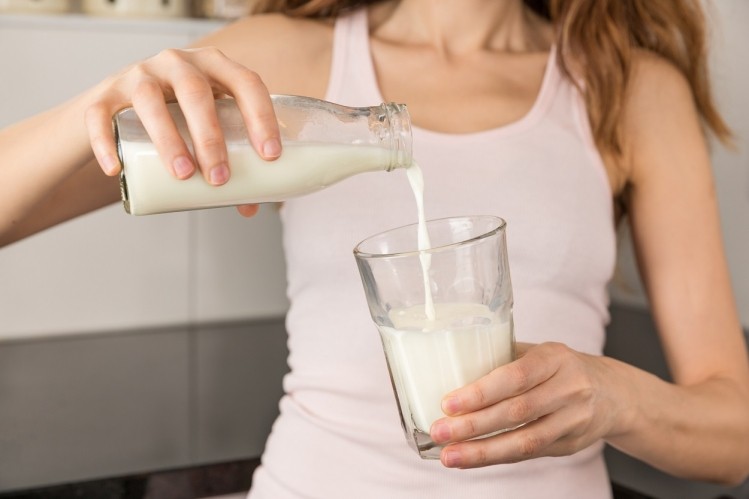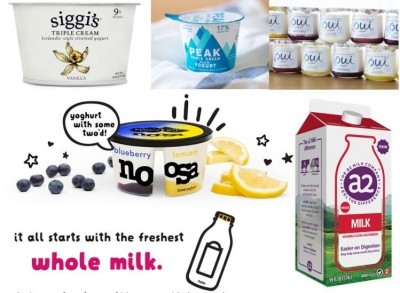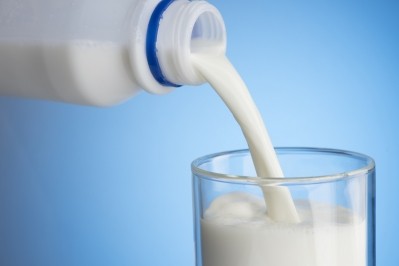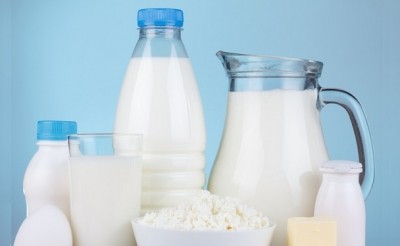Dairy milk hasn’t lost the battle to plant-based alternatives, Mintel says

The booming popularity of plant-based dairy milk alternatives is undeniable, Mintel says, as the category hit $2.11bn in the US, a 61% increase compared to 2012.
Almond (64% market share), soy (13%), and coconut (12%) remain the staples in the category, but consumers are increasingly diversifying their non-dairy purchases making way for new varieties such as pecan and quinoa non-dairy varieties.
“We predict that new plant bases such as cashew and rice will allow new entrants into the non-dairy milk category to eventually surpass the soy milk segment, one of the first non-dairy milk segments to really take off with consumers,” Megan Hambleton, beverage analyst at Mintel, said.
Opportunities for dairy
Despite the attention on dairy alternatives, dairy milk has also had some strong pockets of growth. Flavored milk, for example, is the fastest growing segment of the dairy milk category with estimated sales of $1.74bn in 2017, an 18% increase since 2012.
One in ten consumers who have purchased both dairy and non-dairy products said they are buying more dairy milk because of the innovative flavors.
While children under age 18 are more likely (78%) to drink flavored milk, it seems adults are pouring themselves a glass as well, with more than three quarters (76%) of adult flavored milk buyers saying they drink flavored milk, according to Mintel.
Another segment gaining momentum in dairy is whole milk, as sales have increased 8% since 2012 and are estimated to reach $5.36bn in 2017 compared to skim/low-fat milk, which decreased 28% in the last five years.
Even though many Americans are saying they are trying to consume less dairy, one in five (20%) perceive whole cow’s milk to be the healthiest, followed by skim/low-fat (18%), and almond milk (17%).
“Dairy milk often delivers on many of the attributes non-dairy milk consumers are looking for, but there is a clear lack of understanding,” Hambleton said.
“This indicates that dairy brands must better communicate the natural health benefits of dairy milk through campaigns or packaging claims. By focusing on some of the influential factors that non-dairy milk consumers want when looking for milk, such as flavor and health benefits, dairy milk brands may see more success retaining consumers within the category.”








